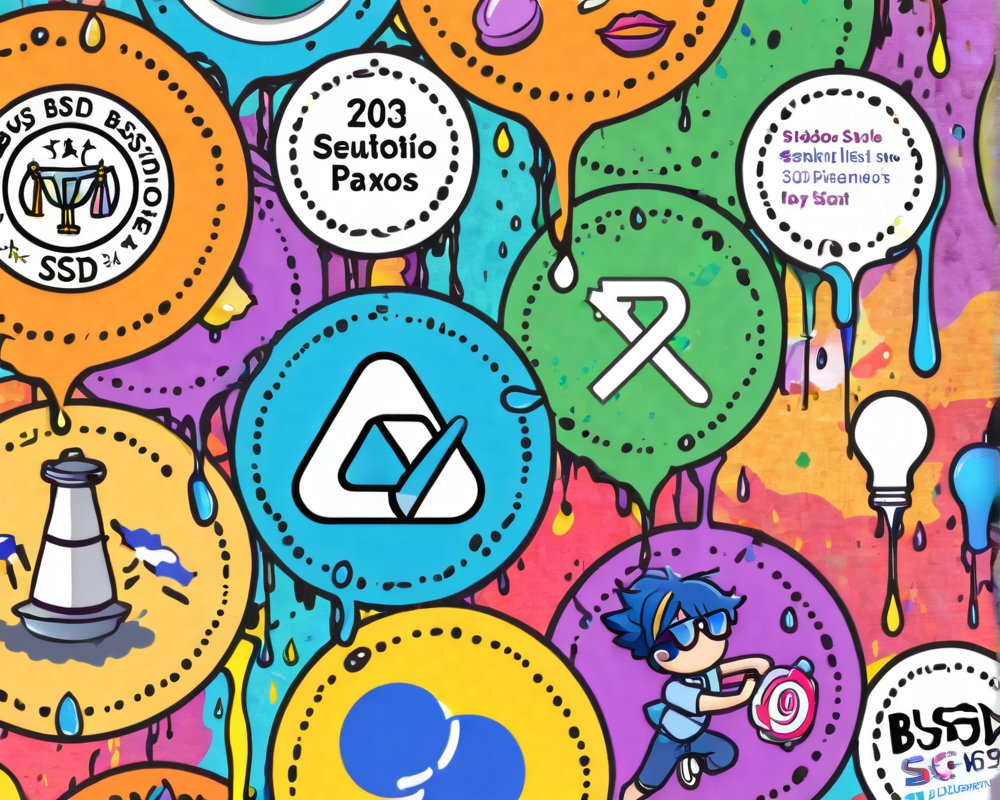Altair Upgrade Achieves New Heights
The Ethereum 2.0 Altair upgrade has officially set sail on its voyage, achieving an impressive 98.7% upgrade rate among nodes. On Wednesday, developer Preston Vanloon took to social media, proclaiming the successful activation of the Altair upgrade. With its arrival, we see the first glimmer of change to the Beacon Chain since it launched back in December 2020. This is particularly relevant as it’s thought to be the last major update before the ultimate merge with the Ethereum mainnet; it’s like the final episode of your favorite series, and we can’t wait to binge-watch the finale!
Understanding the Core Changes
What does the Altair upgrade bring to the table? It allows for light-client support—think of it as creating a lighter version of a full client node that saves both CPU and energy, similar to a compact version of your favorite dessert recipe. Plus, it also cleans up some aged beacon state incentive accounting and amps up the penalties for offline validators. The changes follow Ethereum Improvement Proposal (EIP) 2982, because why not make it a little spicier?
The Names Behind the Code
Leading the charge for the Altair upgrade is Paul Hauner, who has been diligently reviewing the code for Lighthouse, one of the implementations of Ethereum 2.0. He explained that the two main changes are about enhancing light client support and ramping up penalties for offline activities. If you’ve ever regretted not going to the gym, you might relate—those penalties are set to push validators toward better performance.
Why Upgrade?
- To ensure the potential of Ethereum’s proof-of-stake model.
- To keep those who didn’t upgrade from getting their Ether balance slashed slowly.
- To prepare for the real blockbuster event, The Merge.
The Hard Fork Reality
Let’s not sugarcoat it: the Altair upgrade came as a hard fork, meaning those who chose to ignore the call to upgrade are now offline. Like your favorite pizza delivery that hasn’t responded, 250k validators have had their Ether stakes in jeopardy, diminishing at approximately 10% each year. But here’s the silver lining—nobody’s losing their precious 32 ETH yet! However, if they remain stagnant, they may find themselves crossed off the Ethereum list.
A Step Toward the Future
As the initial participation dipped to a concerning 93.3%, it quickly rebounded back up to around 98.7%. Hauner reassured the community that only about 1%–2% of validators still remain offline. What does this mean? It’s all very promising for the Ethereum developers, who can now focus on the upcoming merge, intending to switch off proof-of-work forever by February 2022. Developer Ben Edgington emphasized the importance of this upgrade as a crucial practice run—a litmus test, if you will—for the monumental Merge.




